‘Modularity must be encoded into the DNA of a store design’
By Retail4Growth Bureau | June 25, 2025
While recycled, upcycled, thoughtful materials, etc., are our allies in building sustainable retail spaces, sustainability per se is a much larger crusade that is meaningless in the absence of some simple mantras, says Juhi Santani, Principal Designer & Founding Partner of Retale Design Solutions, in this column, while listing out the mantras that retail stakeholders can follow, not just for a better planet, but for a better brand experience too.
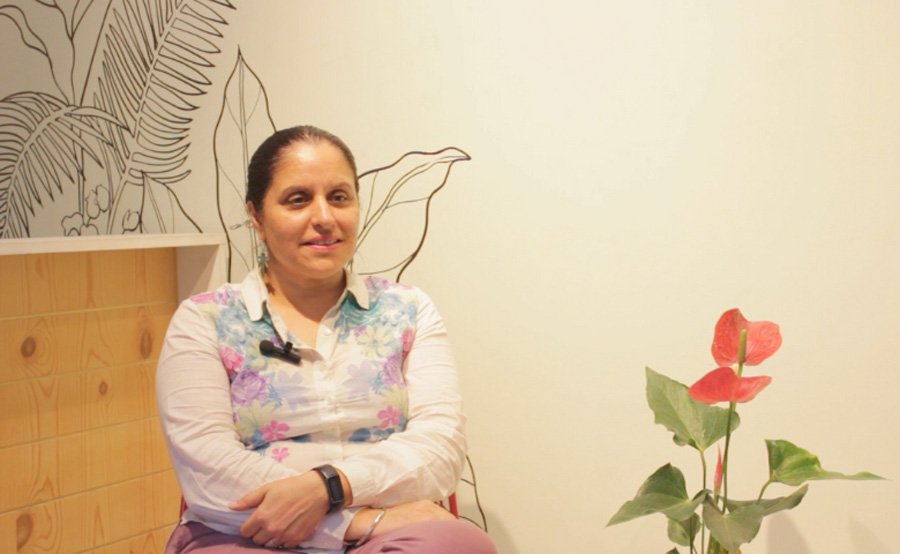
Once upon a time, there was a Planet.
A blue-green orb, it shimmered like a jewel in Space.
This Planet had millions of inhabitants – some furry, some scaly; mild, ferocious; colourful, colour-changing; flying, crawling, creeping.
All these creatures nested, dwelled in the foliage or within mountains and oceans, seamlessly building their shelters that rose from The Planet and at the end of their life, went back to The Plane.
Until came along this 2-legged Creature that changed the game. This Creature built to defend itself from the rain and the sun, initially borrowing from the planet just like the others. Yet the game changed very quickly. In what seems like a blip in the life of this beautiful, complex Planet, The Creature grew in numbers exponentially. It came to inhabit The Planet far and wide.
The Creature built, nay constructed. For itself at first, then for others in the tribe for a consideration; for reasons beyond protection from rain – size, status, commerce.
The structures have grown complex, encoded, purposeful, further detailed internally for various activities that The Creature engages in. The ‘tribe’ has ‘specialists’ that build, specialists that furnish and super specialists that assign reasons and purpose to everything that is built.
I am a ‘super super super specialist’ within the construction space, if there indeed is a term like that. Someone once early on told me, quite insightfully, that my profession of Design is a ‘by-product of First World progress’. Young and naïve, I took these words as mild affront. Now I know better.
As retail designers, my little tribe at Retale Design plans in granular detail what will encourage people to exchange value in the environs we imagine. And while we are at it day in and day out, it helps for us to remember this shared Planet and how we can minimise the impact of the activities we are a part of.
Mantra 1. Build less
This is the most important idea. It may appear overtly simple, but in the race to growth (in sales, in brand presence), there are numerous examples where retail teams have lost sight of this simple idea.
Building store fronts is not cheap. That helps. It brings prudence, even if of financial kinds and not necessarily that of business or with an eye to sustainability. Yet this prudence goes a long way in helping the Planet.
When money is flush and there is a pressure to expand, there may be locations one should have thought a bit longer before signing up, ones that opened too soon.
Mantra 2. Build Modular
An extension of Mantra # 1, here is what this idea entails:
a. Everything that is built for the store should be modularised to the extent possible, ready to be used elsewhere lest the location fails.
b. A store design must facilitate minimum intervention within a specific store location, as necessary.
Modularity must be encoded into the DNA of a store design, irrespective of the format – for instance, a boutique-like environment. Especially the boutique-like environments, I should say since the less premium store formats are inherently price- and reuse-sensitive due to financial prudence.
Mantra 3. Use what you inherit. Planet over Brand Guidelines
This idea may be abhorrent to many, after all, brand guidelines appear set in stone. Not surprisingly, so as not to be messed with down the line as a brand expands across channels and geographies. Yet it helps to remember that Brand Experience is what we are after, and Brand Guidelines are a derivation of the Experience we are looking to build. A certain flexibility in the interpretation of various design elements can help preserve the Brand as well as the Planet.
Off white tiles from the previous occupant instead of grey? No problem. A beautiful archway but the brand is modern? No problem, we can interpret it for the brand.
Retail globally is replete with contemporary brands housed within traditional architecture. These design sensibilities are not always an outcome of sensitive brands but initially were borne out of necessity – local authorities in Europe may be less tolerant of touching heritage structures than the looking-the-other-side as may be in our country. Whatever the reason may be, a brand being sensitive to its context and environment without being ‘stuck’ to its brand guidelines has great paybacks. The locals love you; the authorities are less ruffled, the brand has a vibrant new interpretation. Just make sure that the brand goes through a sensitive designer, though.
Mantra 4. Go Local.
A derivative of Mantra # 3, see what can be used from as close geographically as possible. This can be a difficult one to implement, as not all skills are not available everywhere especially in a countries-within-a-country like ours. Hence there are many challenges and caveats to the application of this Mantra.
Mantra 5. Make (sustainable) Materials your ally.
I put this Mantra in the end for a reason. Often sustainability, or its interpretation thereof, begins and ends with this mantra.
‘If I use sustainable materials, I’m covered in my sustainability initiatives’ – a common justification by manydesigners, and builders. It’s the trapping of greenwashing – so far as I’m using a (relatively) sustainable construction material, I can be guilt-free.
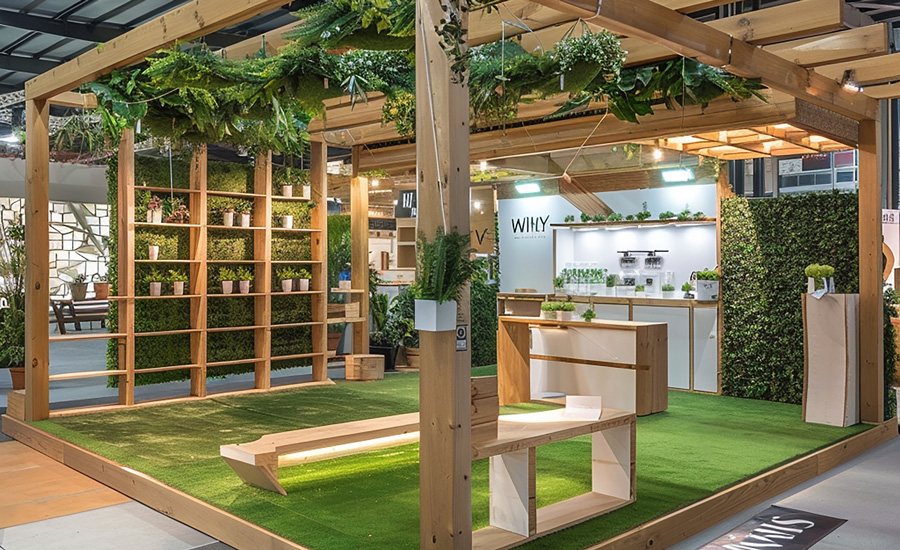
While recycled, upcycled, thoughtful materials with the right ratings are our allies in building sustainable retail spaces, sustainability per se is a much larger crusade that is meaningless in absence of the simple mantras listed before.
Last but not the least, every large construction initiative benefits from working with experts in sustainability space – consultants who read your carbon data, suggest alternatives to manage and bring down the negative impact. Working with a good, sensitive agency can lead to great outcomes. The impact is slow and may appear expensive in the beginning, but it is prudent in every way – financial too – in the long term.
Dust to dust. If we can make this happen, The Planet as we know it lives longer.

_165_265.jpg)
_165_265.jpg)
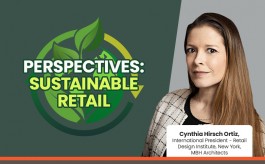
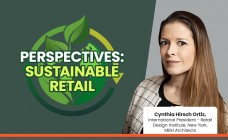
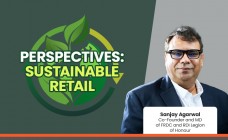



Comments